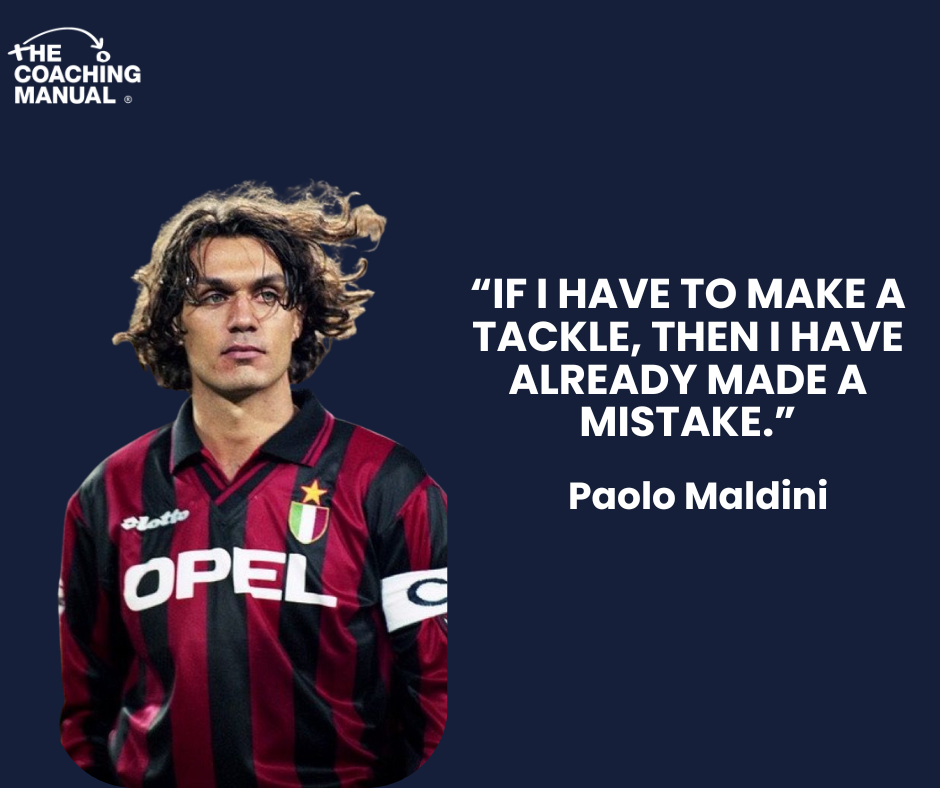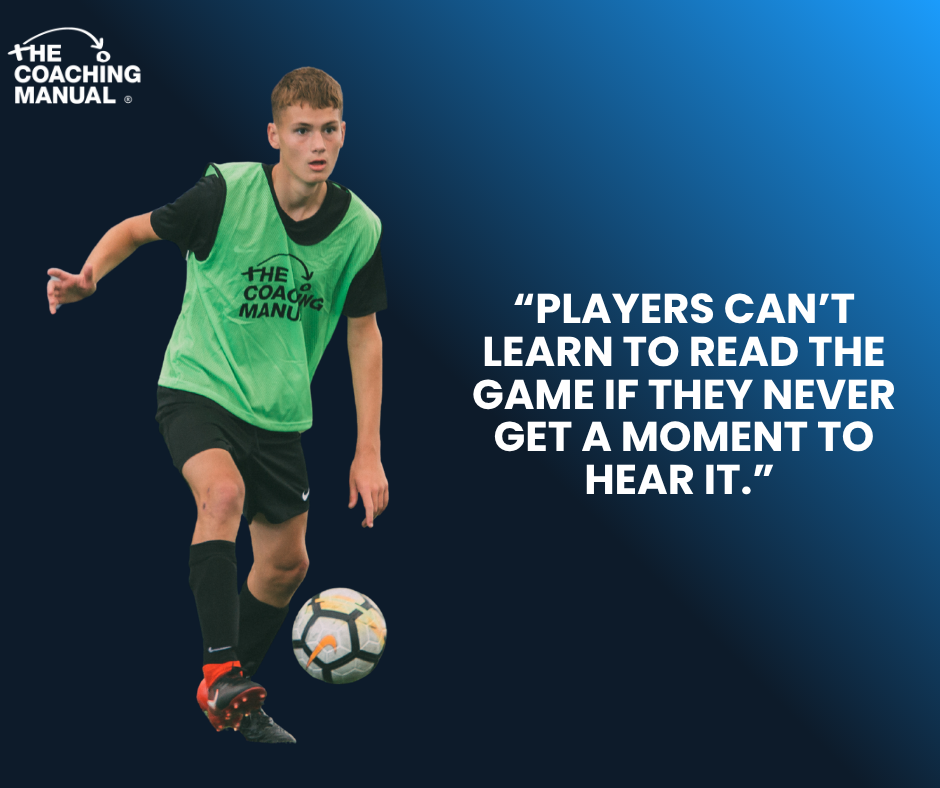The Way of the Game
Taoism is a philosophy of balance - of finding strength in softness, control in calm, and power in patience. In Chinese, Tao means “The Way.” In football, the Tao is the rhythm of the game itself - the constant flow between attack and defence, pressure and pause, chaos and calm.
To understand defending through this lens is to realise it’s not purely an act of resistance. It’s an act of harmony. The best defenders don’t fight the game; they flow with it.
Lao Tzu wrote, “Be like water. Water benefits all things and does not compete.” In football, that’s the essence of great defending - adaptability, stillness, and effortless control.
Stillness as Strength
Paolo Maldini once said, “If I have to make a tackle, then I have already made a mistake.” It’s a line that reveals a deeper truth: defending isn’t about aggression - it’s about anticipation.
Maldini, Baresi, Moore, Van Dijk - they all share a calm that borders on poetic. They move less because they think more. They don’t react to the ball; they read the flow of the match. Stillness, for them, isn’t passivity. It’s preparation. It’s knowing that presence itself can shape what happens next.

The modern game worships intensity - the pressing, the shouting, the constant motion - yet sometimes, the quietest player on the pitch holds the most control. Stillness doesn’t mean doing nothing. It means doing the right thing, at the right time, for the right reason.
Anticipation: Seeing Before Acting
Taoism teaches awareness - the ability to observe, to sense, to act without forcing. In football, that’s anticipation. The great defender reads the game not as a series of events, but as one continuous flow.
Franco Baresi once said his AC Milan back line could “defend without looking.” They moved in harmony, reading cues before the attack unfolded. That’s the Taoist principle of wu wei - “effortless action.” The body moves because the mind is already there.
Anticipation isn’t just for the back four. It lives in transition, wherever the ball is. The moment your team loses possession, the defender who reads the next pass - who already senses the rhythm changing - restores balance before chaos begins.
Coaching application: In training, build this awareness. Encourage body orientation, spatial awareness and communication before the ball arrives. Don’t just teach where to stand - teach what to feel.
Restraint and the Rhythm of Play
Taoism says the universe moves in cycles - yin and yang, attack and defence, doing and waiting. The rhythm of a football match is no different. Sometimes we press, sometimes we pause. The art lies in recognising the moment.
Baresi spoke of “knowing when to risk and when not to.” Maldini’s stillness came from the same place - understanding the rhythm, not rushing against it.
For young players, this is hard. They’re often praised for energy, for “getting stuck in.” But great defending isn’t about chasing; it’s about timing. Patience is not hesitation - it’s mastery of rhythm.
Coaching language: Use cues like “hold your line,” “wait for the trigger,” “stay connected.” Teach players to sense when the moment to act is theirs - not the crowd’s, not the coach’s, not fear’s.
Balance in Transition
Defending isn’t just about stopping; it’s about restoring balance. When possession turns over, the game tilts into chaos. Taoism reminds us that balance can be recovered - not through panic, but through presence.
A calm defender in transition can reset the team’s energy. A single act of stillness - holding position, delaying, reading - allows everyone else to breathe and realign.
Think of Bobby Moore in 1970, dispossessing Jairzinho with one simple, measured movement. No rush, no panic, no desperation - just clarity. Stillness, in motion.
Coaching application: Recreate transitions in training where defenders must delay and contain rather than dive in. Reward timing and patience, not just tackles.
The Quiet Sideline
The Taoist coach understands that noise often drowns out wisdom. Every shout, every instruction, every emotional surge adds turbulence to the team’s flow.
When coaches and parents fill the air with commands - “Step up! Drop! Press!” - they pull players away from the rhythm of the game. Stillness on the touchline mirrors stillness on the pitch. A composed coach teaches calm by example.
Players can’t learn to read the game if they never get a moment to hear it.
Practical shift: Try silence as a teaching tool. Let players play for a stretch without instruction, then discuss their decisions afterward. Ask, “What did you notice?” instead of “Why didn’t you?” This turns learning into awareness rather than obedience - the very essence of Taoist teaching.

The Defender as Teacher
The calm defender leads without words. Van Dijk’s presence, Baresi’s composure, Maldini’s authority - all stem from balance. Their teammates move with confidence because their leader radiates certainty.
Stillness is contagious. A composed defender can settle an entire side; a frantic one can unsettle everyone.
Coaches can ask players to visualise what calm looks like in their back line. What does balance look like? What does patience sound like? These questions train more than technique - they train awareness.
The Tao Beyond the Pitch
The Tao of football doesn’t end when the whistle blows. The same principles that guide a defender’s patience can shape the culture around the game.
Parents, coaches, supporters - we’re all part of the rhythm. When we match the players’ flow with calm encouragement rather than constant correction, we allow understanding to grow naturally.
The game doesn’t need more noise. It needs harmony.
Closing Reflection
Defending is often described as the art of stopping. But perhaps it’s more accurate to call it the art of understanding - of reading the flow, waiting for the moment, and acting with grace.
The Tao of defence teaches us that restraint isn’t weakness, that stillness is not inaction, and that control doesn’t always look like force.
“He who conquers others is strong; he who conquers himself is mighty.” - Lao Tzu
When we teach young players - and those who guide them - to find stillness amid the storm, we don’t just build better defenders. We build calmer teams, wiser environments, and a game that once again moves with purpose, not panic.

